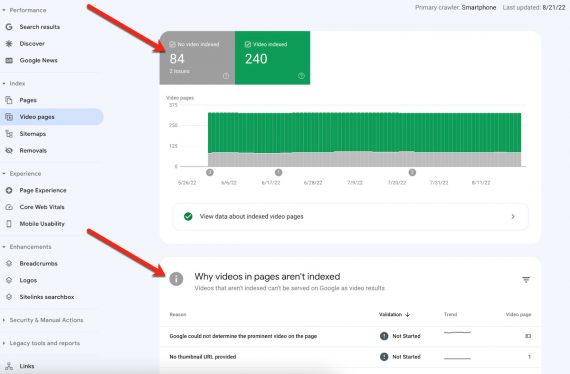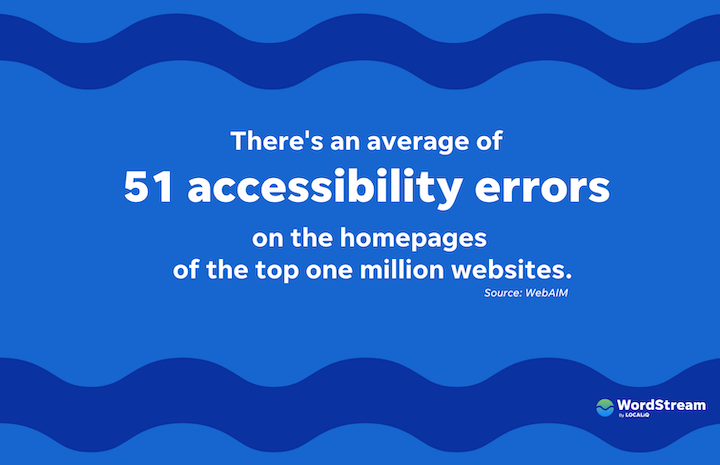Here’s what you need to know about these changes to the Amazon marketplace.
Sellers who do not want their address shown — for example, those operating their business from home and worried about security and privacy — can use a P.O. Box for their store address. Here’s how to edit that information:
“Over the years, we have developed many ways for sellers to share more about their business, including through features like the Seller Profile page, Store pages for brand owners, and Handmade Maker Profile pages. These features help customers learn more about the businesses of a seller and the products that they are selling. We are making this change to ensure there is a consistent baseline of seller information to help customers make informed shopping decisions.”
The removal of seller anonymity comes on the heels of the U.S. Department of Homeland Security’s document “Combating Trafficking in Counterfeit and Pirated Goods.”
This change will make it easier for shoppers to understand who they’re buying from — if they know where to look. Often, shoppers don’t know when they’re buying from a third-party seller vs. directly from Amazon. For a shopper to see the newly-visible seller details, they’ll have to click through to the Seller Profile. Amazon recently announced that beginning on September 1st, it will display a seller’s business name and address on their Amazon.com Seller Profile. This information is already available in Europe, Japan, and Mexico marketplaces because of local laws.
Amazon has also taken recent action against sellers practicing price gouging for products like masks and hand sanitizer, going so far as to ask Congress to pass a law protecting consumers from price gouging.
Released in January, the document recommends — among other things — that platforms “implement additional measures to inform consumers, prior to the completion of a transaction, of the identity of storefront owners and/or those responsible for fulfilling a transaction.”
What does this mean for sellers?
Amazon explained the reasoning behind the change in their announcement to sellers: In addition to transparency for consumers, this change will make it easier for brands to manage approved retailers and directly pursue sellers listing counterfeit products. Last year, Amazon pledged to spend billions to address the issues of counterfeits and fraud on its platform and has even inserted itself into legal battles with fraudulent sellers over the past couple of years.
- Log into your Amazon seller account
- In the Settings menu in Seller Central, click “Account Info” to view the Seller Account Information page.
- In the Business Information section, click the links for the information that you want to view and edit
- To add or change your business name, click “Display Name”
- To add or change your address, click “Business Address”
- Click “Submit” to save your changes
This most recent change to U.S. Seller Profiles is meant to be one more step towards transparency (and against fraud) on the Amazon marketplace.
“In the long term, this decision will ultimately benefit both consumers and brands. Amazon has come a long way in how they handle resellers and counterfeit items, this is an additional layer of transparency allowing consumers to have visibility in who they are actually purchasing from.”
– Tess Reynolds, Senior Manager, Amazon & Marketplace Channels at Tinuiti
Until now, Amazon has shielded sellers’ identities in the U.S. from shoppers. Users could only see the storefront name, and Amazon kept all other business details private. Amazon’s U.S. marketplace is its largest, with 461,000 active U.S. sellers out of 2.2 million worldwide active sellers — so this change will affect over 20 percent of third-party sellers on the platform.
What does this mean for consumers?
Amazon sellers must list their name and address on their Seller Profile.
Making sellers’ names and addresses public may also benefit consumers. If a purchase causes harm to the buyer, they now have the option to seek legal action against the seller directly.






